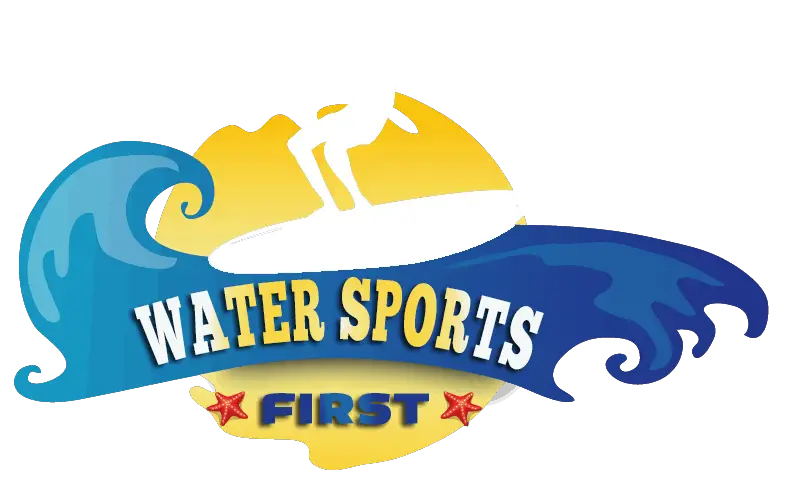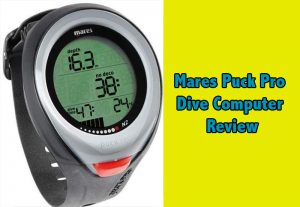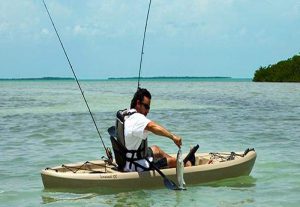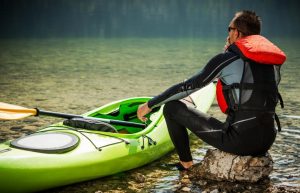Once you have tried recreational kayaking, it’s time to pair your love of paddling and fishing together with a fishing kayak. However, not everyone is willing to put their money on the table to purchase a brand new fishing kayak, especially when you are just starting out. When buying a used fishing kayak, there are a couple of things to consider. Here’s a short list of tips for buying a used fishing kayak:
1. Know the differences in styles
First off, while you hopefully already know something about kayaks and kayaking, you might not be aware that there are different styles of kayaks all suited for various purposes. You don’t want to select the wrong kayak. For example, do you know the differences between a sea kayak and a recreational kayak? That that body styles change with each one?
- Recreational kayaks are wide, stable, and not made for speed.
- Touring kayaks are straight, narrow, and track well.
- Sea kayaks are aerodynamic, have bulkheads and hatches, and easy to paddle.
- Inflatable kayaks are cheap and not very long lasting, but they are great for learning.
- Fishing kayaks have special attachments like rod holders and are styled more closely to recreational kayaks.
2. Know exactly what you want
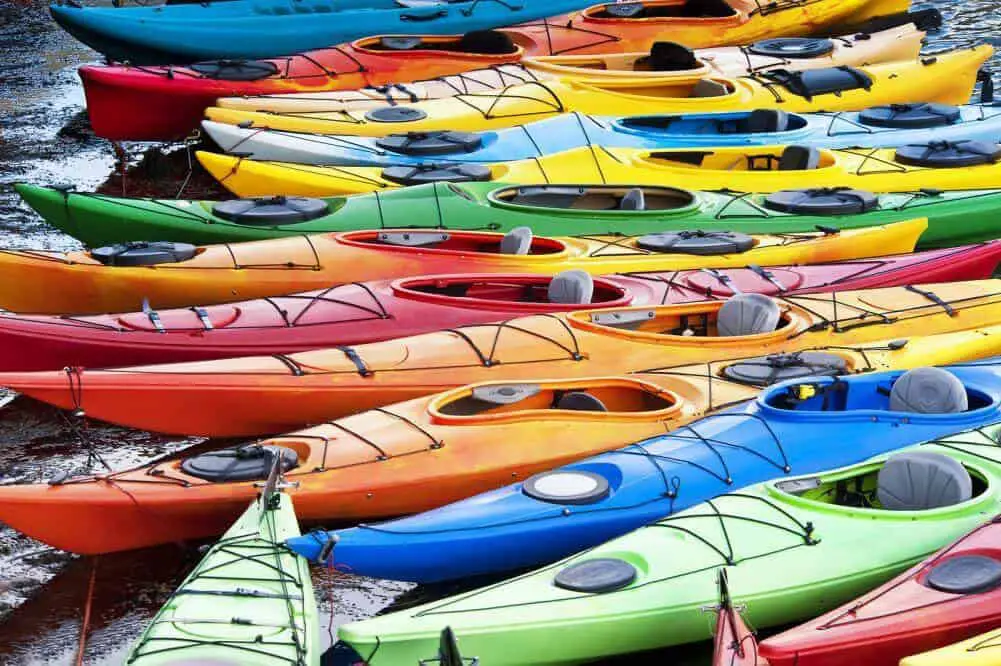
Every kayak is going to have some unique features—just like a person. Because of this, you need to consider yourself, not just the boat. Think about your height and weight, kayak experience level, and the kind of fishing you do. Do you prefer stability? Or would you rather be able to zip through waves? In short, never buy a kayak off the internet. Test out various ones before choosing a model and make. Then try to find a used version as close to perfect as possible.
3. Read up on fishing kayak features
The fishing kayak market is growing bigger and better with each passing year. Manufacturers are constantly updating what they offer, so know what’s out there currently and what you might be giving up if you go for an older model. Or, conversely, looking up older models might help you decide which features are must-haves. For example, if you like the compartments on one model or the seat, you know what becomes a priority when shopping for a used fishing kayak.
4. Have a set price or budget
Kayaks depreciate like cars. Therefore, if you think in terms of budget and do your research, you should be able to pinpoint a make, model, and price range that suits your needs and wants. When you have a budget, you can then figure out what you can and can’t do. For instance, are you willing to pay less for a model with the seat you want but also visible damage to the hull that needs repair? Or would you rather pay more for a next-to-perfect fishing kayak but have no money for upgrades?
5. Check the kayak for damages
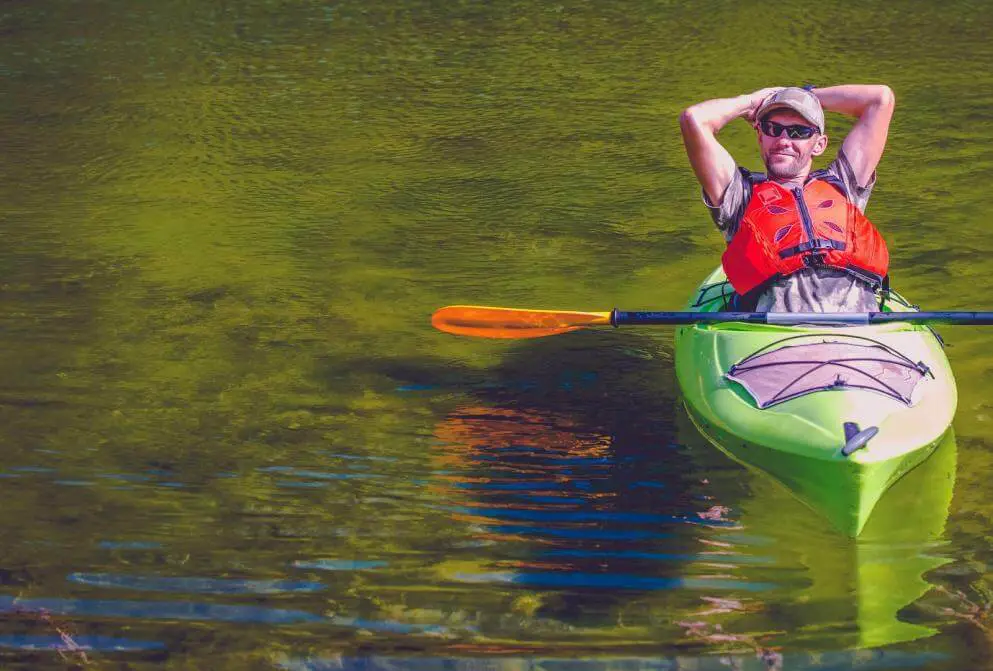
There are some damages that merely show a kayak has been used, like river rash or scratches that subtract from the boat cosmetically. You can deal with that. However, if the kayak has cracks in the hull, missing hardware, a warped seat, or a faulty pedal, you might want to reconsider purchasing it—unless you can repair these damages yourself. Don’t take a risk with large holes or any missing components.
6. Ask the seller meaningful questions
Once you have found the kayak of your dreams, it’s time to meet with the seller. Again, like a used car, you’re going to want to know more about the fishing kayak before deciding whether or not buy. Some questions you should be prepared to ask are:
- How old is the kayak?
- Does the owner still have the original paperwork?
- Has the kayak sustained any damage? Be sure to check the hull, even if the owner says no.
- Where has the kayak been stored?
- Does the kayak have a history of tipping over easily?
- Are you ready to bring your love of fishing and kayaking together?
- Why is the owner currently selling?
- Can you test it for leaks or give the kayak a test run to see how it handles?
7. Educate yourself on kayak repairs
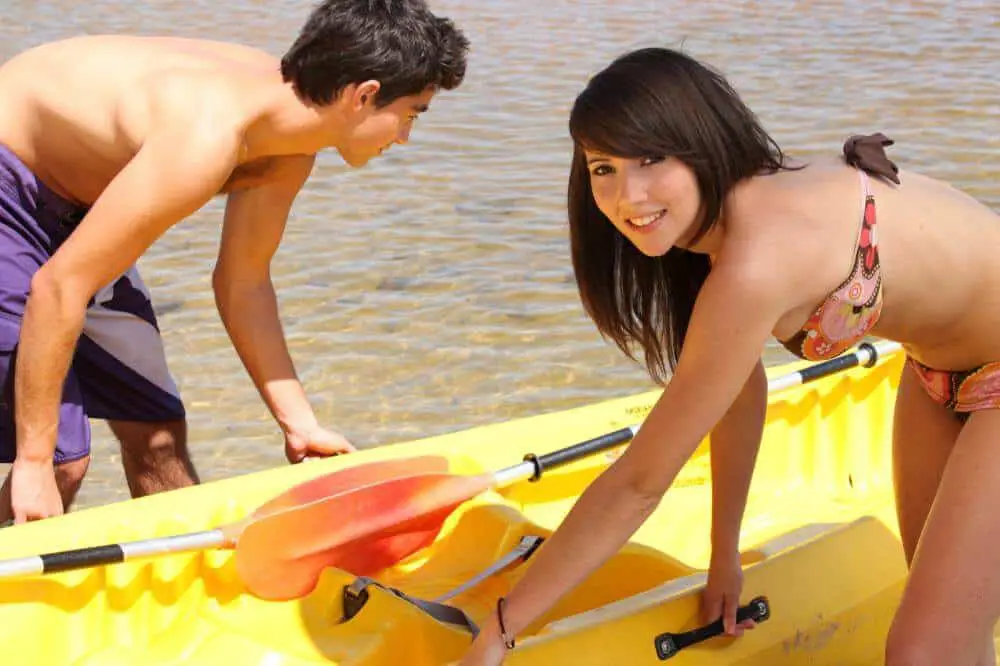
The thing about buying used is that you’re going to have to fix something eventually. Used means the fishing kayak is far from perfect. Learn how to do some emergency hull repairs, especially for older kayaks with decent wear and tear. Carry the emergency kayak repair kit with you, just in case. Hopefully, you now know all the key points required when purchasing a used fishing kayak. Remember, knowing exactly what to look for puts the power in your hands, ensuring that you will find the best kayak for you. Have you purchased a fishing kayak in the past? Have any tips you would like to share that we missed? Let us know in the comment section!
